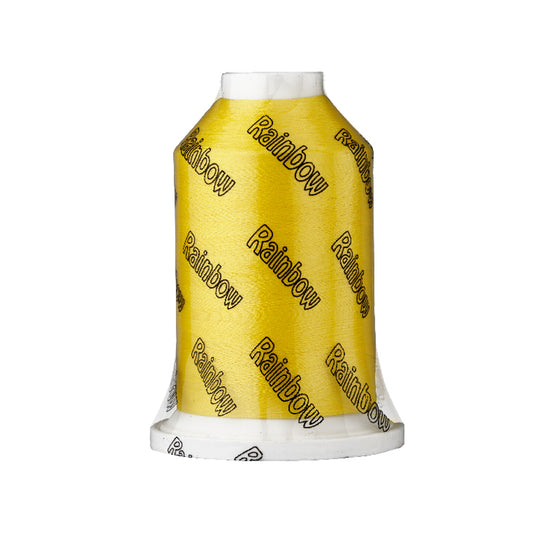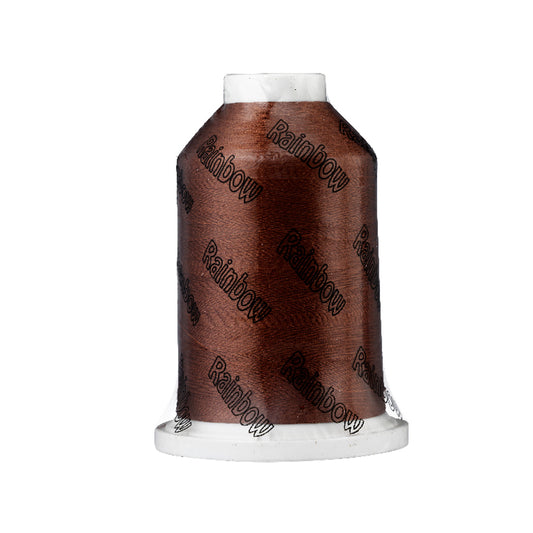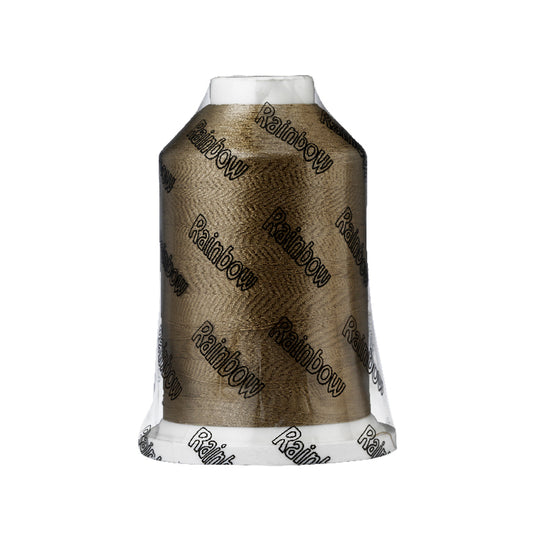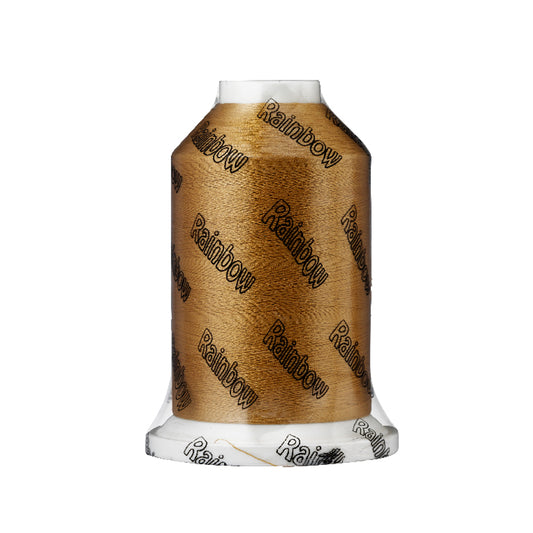Mastering Sheer Fabrics: Tips for Cutting and Sewing with Precision
Breaking Down the Article
- Introduction to Sheer Fabrics
- Challenges of Sheer Fabrics
- Essential Tools and Preparation
- Cutting Techniques for Sheer Fabrics
- Sewing Strategies for Sheer Fabrics
- Finishing Touches for Sheer Fabrics
Introduction to Sheer Fabrics
Sheer fabrics, such as silk, crepe de chine, chiffon, lawn, and voile, can be both a delight and a challenge to work with. They are often chosen for their lightweight and elegant appearance, but their delicate nature makes them tricky for even seasoned seamstresses. With the right techniques and tools, however, anyone can master these fabrics.
Challenges of Sheer Fabrics
The very characteristics that make sheer fabrics appealing—such as their weightlessness and transparency—also make them difficult to handle. These fabrics are prone to fraying, slipping, and puckering, which can compromise the quality of your finished project. Understanding these challenges is the first step to overcoming them efficiently.
Essential Tools and Preparation
To work with sheer fabrics, having the correct tools is crucial. A sharp pair of scissors or a rotary cutter will ensure clean cuts. Fine pins and clips will help hold the fabric without snagging or causing holes. Using a fine needle and lightweight thread in your sewing machine is also advisable. Before cutting, press the fabric gently to remove any wrinkles without damaging its texture.
Cutting Techniques for Sheer Fabrics
Accurate cutting is especially important for sheer fabrics. Using a sharp rotary cutter and a self-healing mat can provide the best results. Lay the fabric flat on a smooth surface and stabilise it with a layer of tissue paper beneath to prevent slipping. Consider cutting single layers to enhance precision. Ensure the paper backing is securely pinned to minimise movement during cutting.
Sewing Strategies for Sheer Fabrics
When sewing sheer fabrics, it's essential to use a smaller stitch length to avoid puckering. A straight stitch needle plate can provide better support and prevent the fabric from being pulled into the feed dogs. For added stability, interlining the sheer fabric with another thin fabric layer can give you more control. Using a zigzag stitch or a French seam can also offer durability and a neat finish. A presser foot specifically designed for delicate fabrics can improve feeding and control.
Finishing Touches for Sheer Fabrics
Finishing sheer fabrics requires techniques that prevent fraying and keep the fabric’s edges clean. Baby hems, rolled hems, or using a serger can offer fine finishes. Hand washing and air drying are recommended to maintain the delicacy of these fabrics. Store them rolled or flat to avoid creases and wrinkles.
First Trim's Hot Take
Working with sheer fabrics may initially seem daunting, but with meticulous preparation and specialised techniques, it becomes quite manageable. By investing in the right tools and embracing the unique challenges of these fabrics, you can create stunning, lightweight garments that are perfect for any season. Here at First Trim, we believe that mastering sheer fabrics opens up a world of creative possibilities, allowing you to produce elegant and delicate pieces with professional precision. Happy sewing!
Original Article: https://s32088.pcdn.co/sewing/summer-fabric-series-tips-for-sewing-with-sheers/




